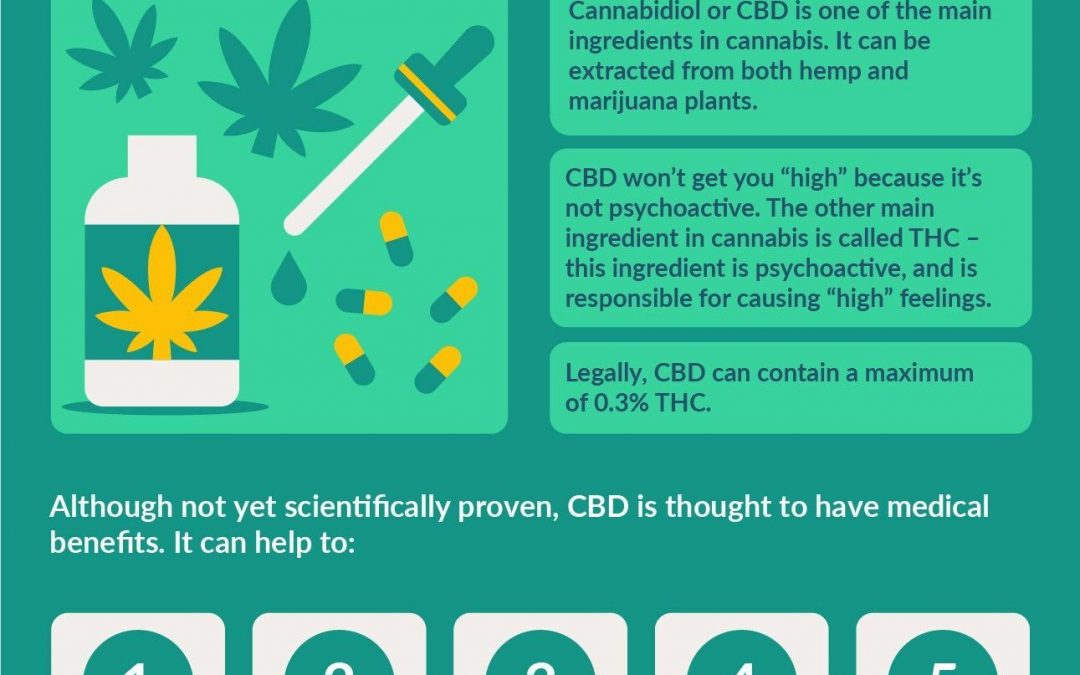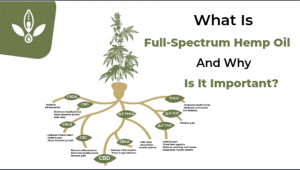CBD stands for cannabidiol. It is the second most prevalent of the active ingredients of cannabis (marijuana and hemp). While CBD is an essential component of medical marijuana, it is derived directly from the hemp plant, which is a cousin of the marijuana plant. CBD is a component of marijuana (one of hundreds), by itself it does not cause a “high.” According to a report from the World Health Organization, “In humans, CBD exhibits no effects indicative of any abuse or dependence potential…. To date, there is no evidence of public health related problems associated with the use of pure CBD.”
For many years, federal law lumped hemp in with other cannabis plants, which were effectively outlawed in 1937 under the Marihuana Tax Act and made “officially” illegal in 1970 through the Controlled Substances Act.
The plant Cannabis sativa has two primary species, hemp and marijuana. Both contain CBD oil, but there’s a much higher percentage in hemp, which also has very low (less than 0.3%) levels of THC compared to marijuana.
Growers/farmers can now legally cultivate hemp, thanks to the 2018 Farm Bill.
What is a cannabinoid?
To understand how hemp oil products work in the body, you need to first understand the endocannabinoid system (ECS), a part of the mammalian central nervous system.
You and everyone you know — even your furry friends — have endocannabinoid systems (ECS). The ECS is thought to play a crucial role in many bodily functions, including appetite, sleep, mood, and injury mitigation.
How do cannabinoids work in the body?
In general, the ECS can be thought of as your body’s regulatory committee. When things get out of balance, the ECS steps in to bring order to the chaos, also known as homeostasis.
Our bodies produce chemicals called endocannabinoids.
Our bodies have two networks of cannabinoid receptors: CB1 and CB2. CB1 receptors are found in our connective tissues, gonads, organs, and throughout the nervous system. CB2 receptors are mostly dispersed through the immune system and related organs.
However, both versions can be found in a wide range of bodily tissues.
The evidence for CBD (Cannabidiol) health benefits
CBD has been touted for a wide variety of health issues, but the strongest scientific evidence is for its effectiveness in treating some of the cruelest childhood epilepsy syndromes, such as Dravet syndrome and Lennox-Gastaut syndrome (LGS), which typically don’t respond to antiseizure medications. In numerous studies, CBD was able to reduce the number of seizures, and in some cases it was able to stop them altogether. Videos of the effects of CBD on these children and their seizures are readily available on the Internet for viewing, and they are quite striking. Recently the FDA approved the first ever cannabis-derived medicine for these conditions, Epidiolex, which contains CBD.
CBD is commonly used to address anxiety, and for patients who suffer through the misery of insomnia, studies suggest that CBD may help with both falling asleep and staying asleep.
CBD may offer an option for treating different types of chronic pain. A study from the European Journal of Pain showed, using an animal model, CBD applied on the skin can help lower pain and inflammation due to arthritis. Another study demonstrated the mechanism by which CBD inhibits inflammatory and neuropathic pain, two of the most difficult types of chronic pain to treat. More study in humans is needed in this area to substantiate the claims of CBD proponents about pain control.





Keep up the good work.
Thank you for your comment.
Keep up the good work.